“Omni Polis” by Shogo Yamada and “Manila” by Jun Abe are the latest offerings by Osaka-based publishing company Vacuum Press. From what I gather, Vacuum Press is owned and run by a collective of 4 photographers (Shunji Dodo, Jun Abe, Shogo Yamada, and Yasuko Noguchi) who set up the company to publish their own work.
The following are some shots of the 2 books (“Omni Polis” followed by “Manila”). I also randomly choose 5 photographs from the 1st 10 pages of each book to feature.

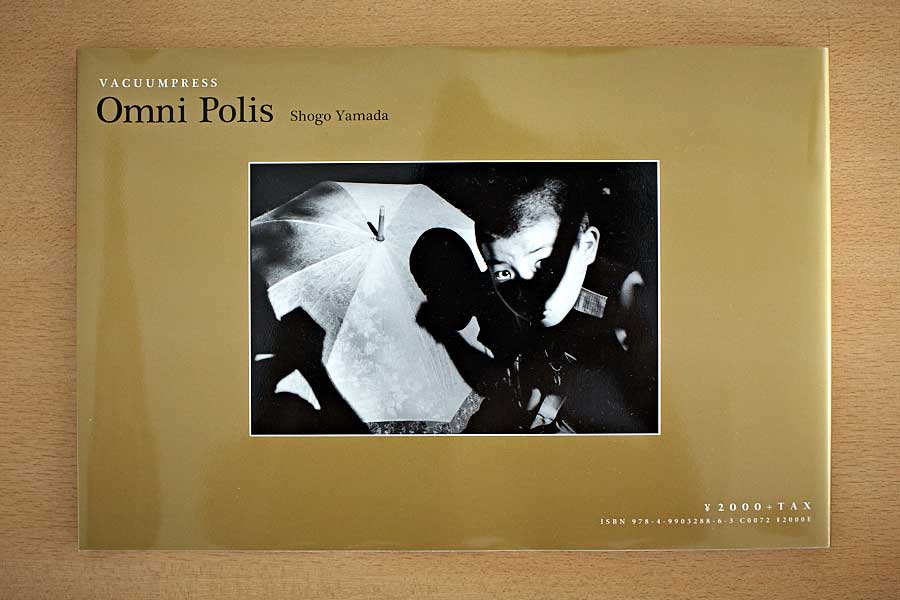
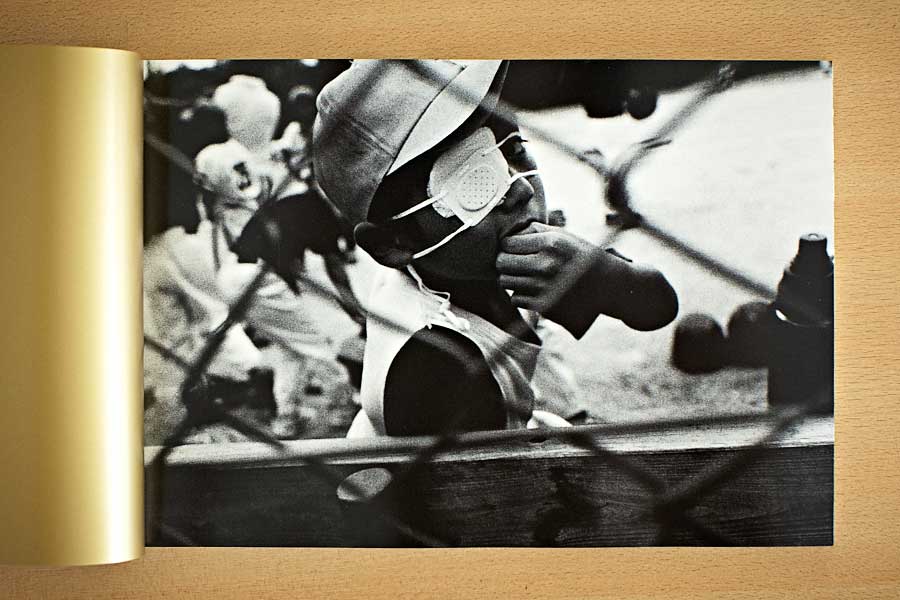



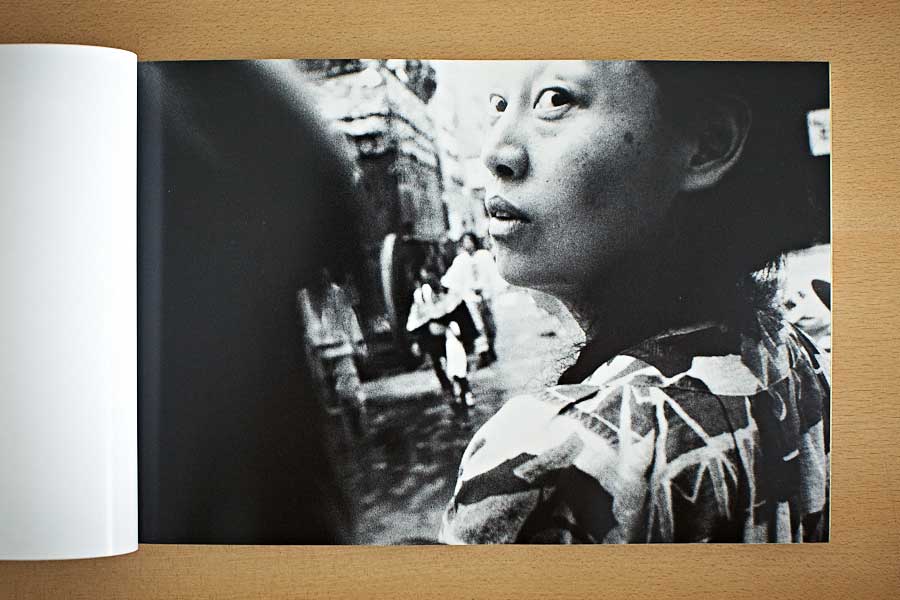
“Omni Polis” features photographs Yamada took on the streets (probably Osaka) while “Manila” features photographs Abe took in Manila, Philippines in August 1983. Both books are well printed and feature a single black and white photograph on the right page with the left page left empty. It is always an irritation for me when publishers choose to print photographs across a two-page spread causing a small section of the middle part of the photograph to be ‘lost’ in the gutter (i.e. the area in between the two pages). With Vacuum Press’ choice of layout, you do not get this problem.
Yamada and Abe are both street photographers but for me, there are major differences in the style of their photographs. I wrote some impressions of 3 of Abe’s earlier books in a post last year and he is currently one of my favorite street photographers. The first time I went through Yamada’s “Omni Polis”, I was not very impressed. Unlike Abe’s work which somehow tends to elicit a “Wow! This is good stuff!” response within me, Yamada’s work somehow feels very simple and at times ordinary. That said, I seem to enjoy Yamada’s work more and more over repeated viewings and his work has definitely grown on me over time.
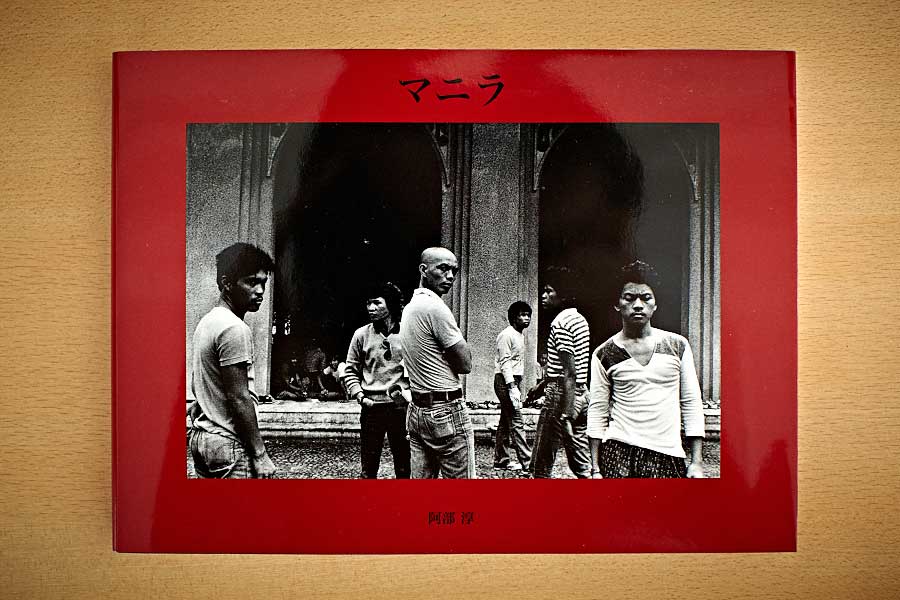
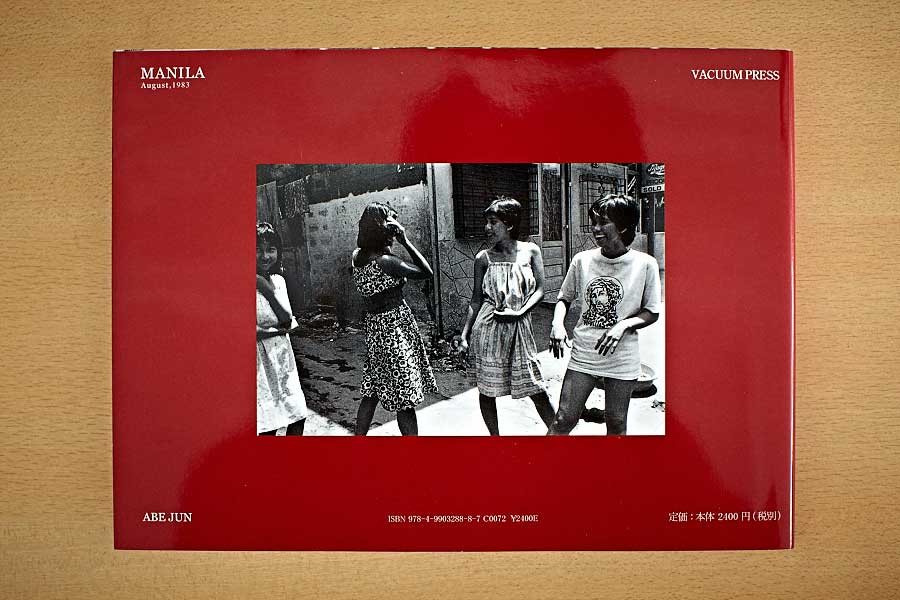
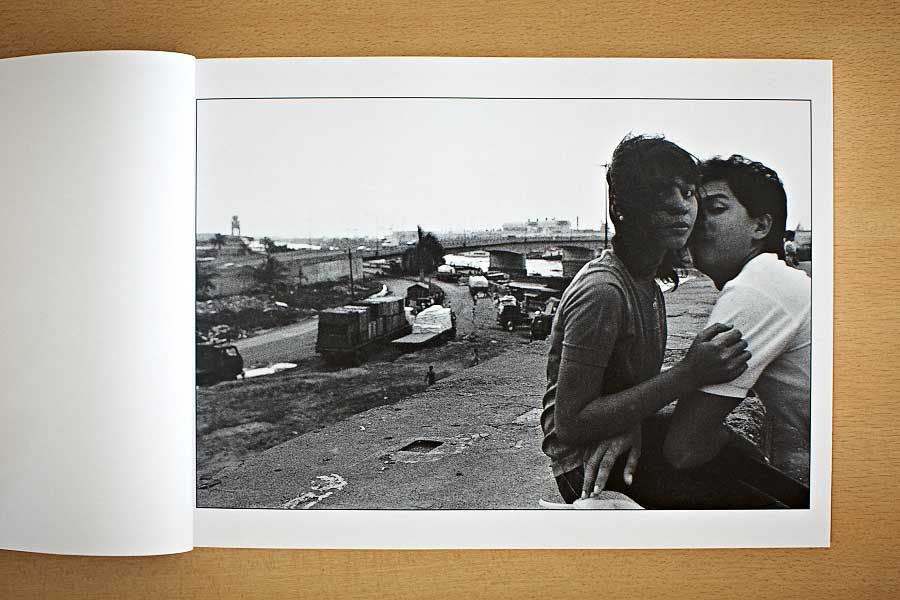
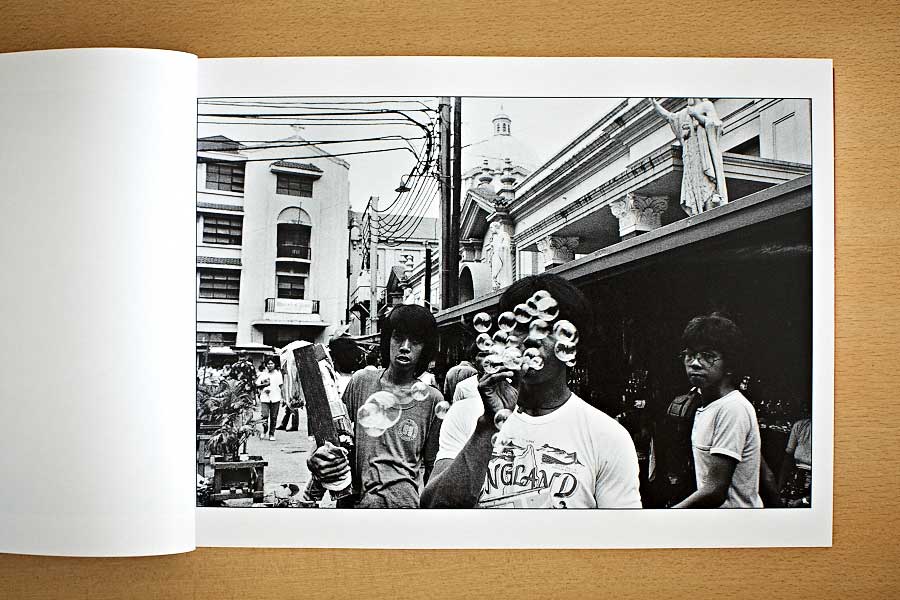
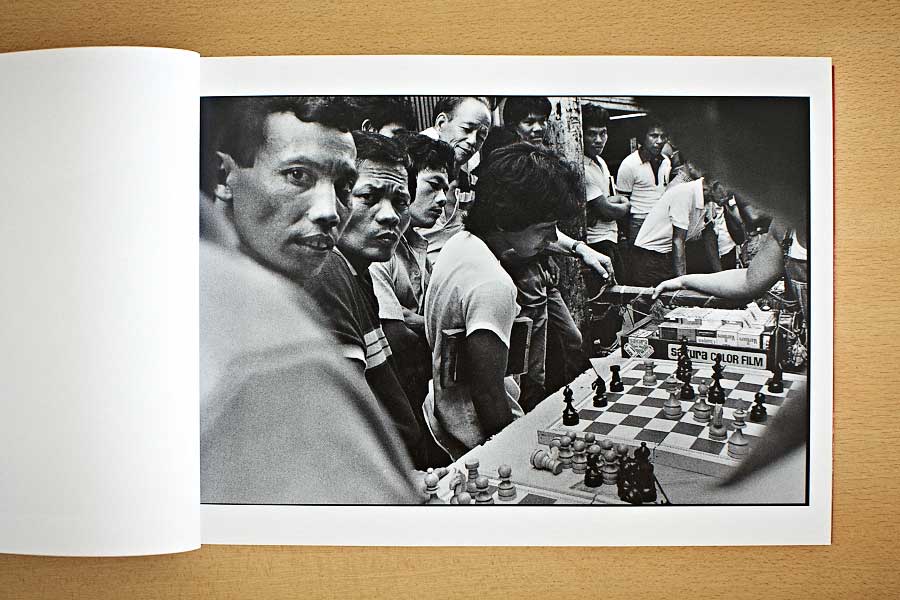
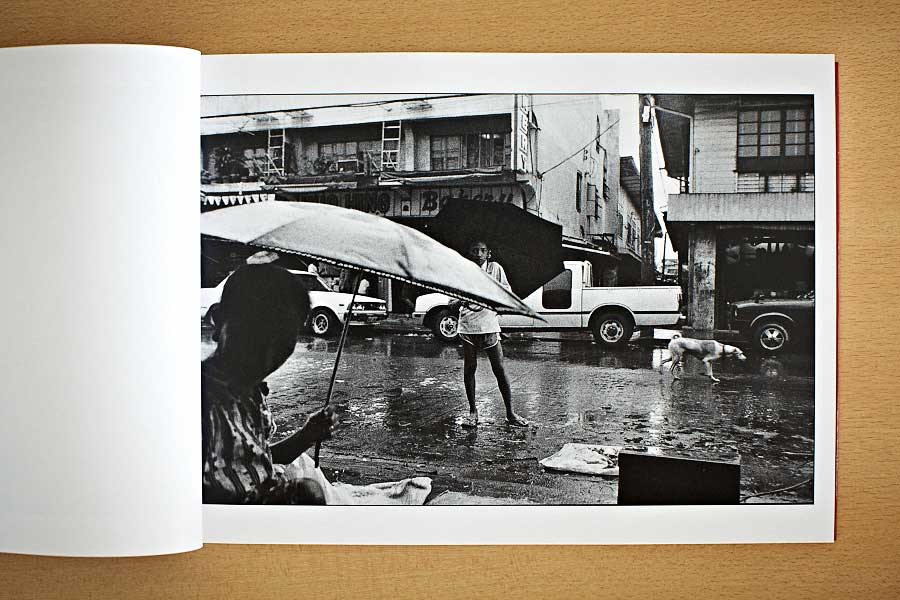
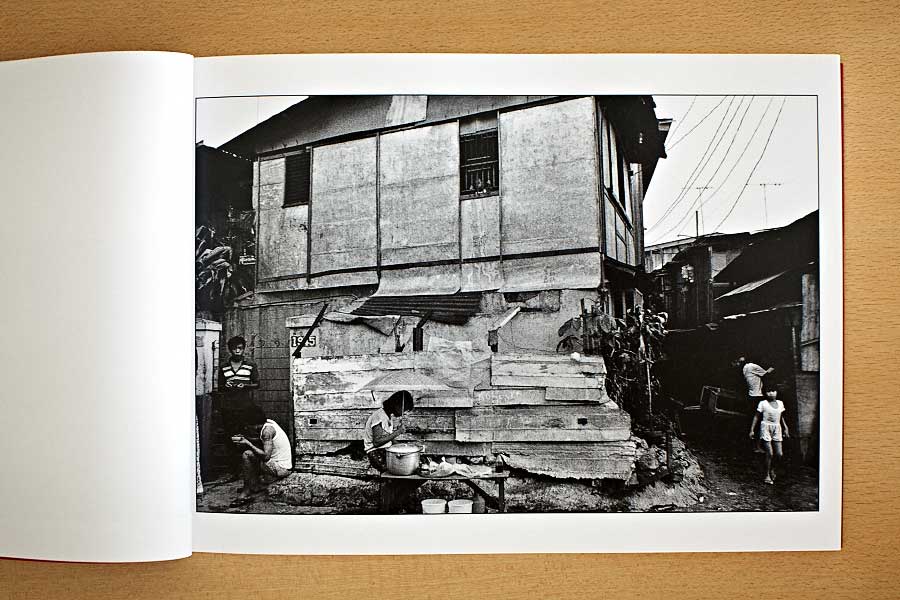
Yamada’s photographs feel safe whereas Abe’s photographs are full of tension. One section of “Manila” features photographs Abe shot inside a Medium Security Prison. In the following image, taking center stage is the shirtless and tattooed man. His finger points at Abe and he looks as if he is just looking for an excuse to clobber Abe with the truncheon in his hand. Adding to the tension are the amused expressions of some of the men around him which feel out of place. The prison guard with the sunglasses seated at the back seems apathetic to what is happening, which again adds to the tension. I keep thinking to myself, ‘What is the inmate doing with the truncheon in the first place?!’
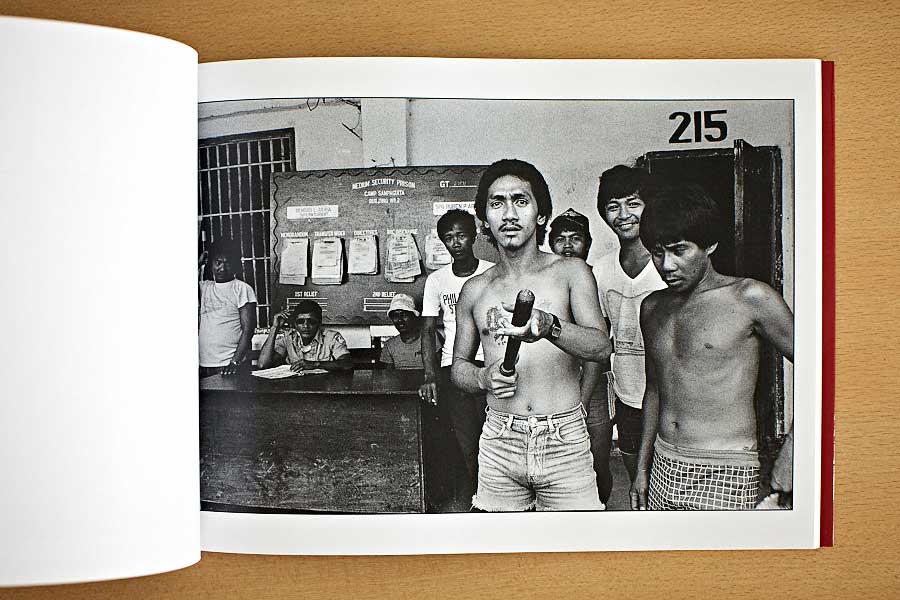
In most of Yamada’s photographs, it is quite obvious what the main subject is. With Abe, the main subject might not be that obvious. Abe’s photographs tend to be highly layered so there is a lot to ‘explore’ and ‘discover’ when viewing his photographs. I tend to search around his photographs looking for things to discover. Even after repeated viewings, I still continue to discover new things in Abe’s photographs. Just yesterday while flipping through “Manila“, I noticed a guy was missing a hand in one of the photographs!
The books by Vacuum Press seem to get better and better and I am already looking forward to whatever they next release. Both “Omni Polis” and “Manila” can be bought from Japan Exposures. I have no relationship with Japan Exposures but highly recommend them as they have always delivered excellent service.
Text & Photographs by Derrick Choo.
More work from Derrick on his website: http://derrickchoo.com
Share

Comments 7
Pingback: Spotlight, Jun Abe's Citizens, Japan | Invisible Ph t grapher Asia (IPA)
Pingback: Streettogs Gallery: An Analysis and personal note of Jun Abe’s “Manila” — Eric Kim Street Photography
Jun Abe http://t.co/aO6wD4WN
Photobooks: Omni Polis by Shogo Yamada & Manila by Jun Abe. http://t.co/LvXxVXQC
Omni Polis by Shogo Yamada & Manila by Jun Abe http://t.co/W3qjZTzS
Omni Polis by Shogo Yamada & Manila by Jun Abe http://t.co/2LVlQz8S #photojournalism
Latest Post: Omni Polis by Shogo Yamada & Manila by Jun Abe. http://t.co/KpFewWo1